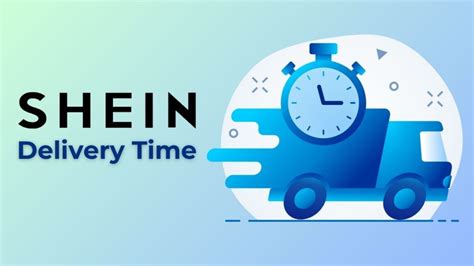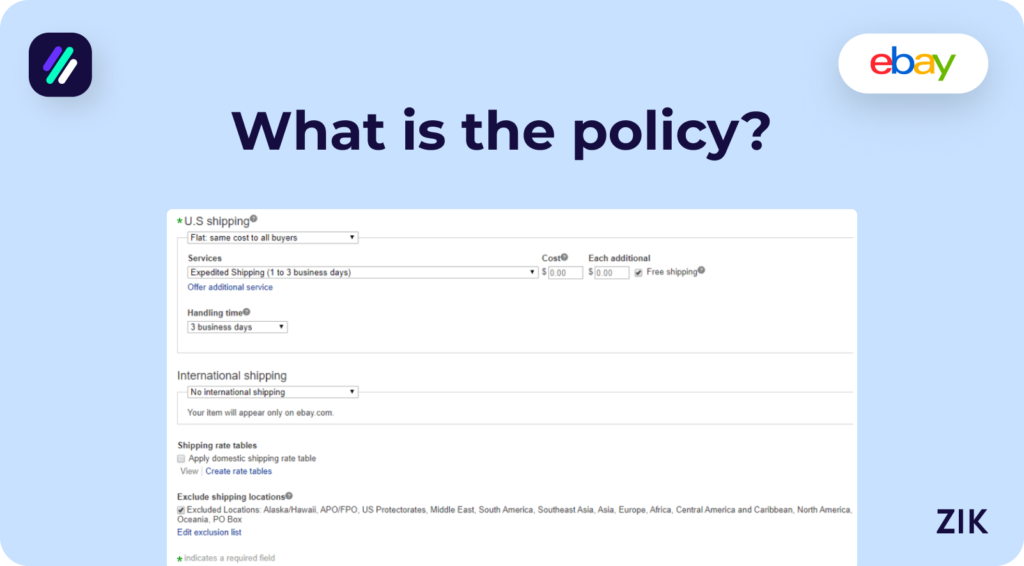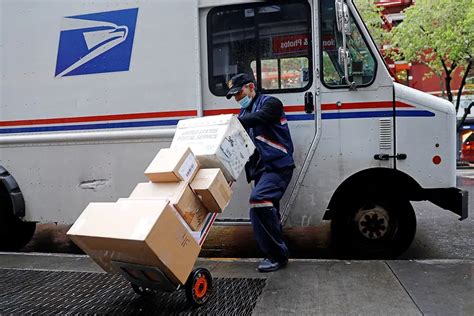How Long Does Delivery Take

The time it takes for a delivery to reach its destination is a critical aspect of the logistics industry, impacting customer satisfaction, business operations, and overall supply chain efficiency. In this comprehensive guide, we delve into the factors influencing delivery times, explore real-world examples, and provide insights to help businesses optimize their delivery processes. From understanding the intricacies of transportation networks to leveraging technology for better route optimization, we aim to offer a detailed analysis of how long delivery takes and how it can be improved.
Understanding Delivery Times: A Comprehensive Overview

The duration of a delivery process is influenced by a multitude of factors, each playing a significant role in the overall transit time. These factors can be broadly categorized into three main areas: geographical considerations, transportation methods, and operational logistics.
Geographical Factors
The physical distance between the origin and destination is an obvious determinant of delivery time. However, it’s not just the straight-line distance that matters. The actual route taken, which often involves navigating through various geographical obstacles like mountains, rivers, or urban areas, can significantly impact the overall transit time. For instance, a delivery from a central distribution hub to a remote rural area may take longer due to the need for detours and the absence of direct road links.
| Geographical Factor | Impact on Delivery Time |
|---|---|
| Distance | Longer distances generally mean longer delivery times. |
| Terrain and Obstacles | Hilly areas, rivers, or dense urban areas can slow down deliveries due to detours and slower average speeds. |
| Border Crossings | International deliveries often involve customs clearance, which can add significant time to the process. |

Transportation Methods and Their Influence
The chosen mode of transportation is a key determinant of delivery time. Different modes, such as road, rail, air, or sea, offer varying speeds and capabilities. For instance, air freight is the fastest option but is also the most expensive. On the other hand, sea freight is cost-effective for large volumes but takes much longer.
| Transportation Method | Average Delivery Time |
|---|---|
| Air Freight | Typically 1-3 days, depending on the origin and destination airports. |
| Road Freight | Varies widely based on distance and traffic conditions. Can range from a few hours to several days. |
| Rail Freight | Slower than road but faster than sea. Typically takes a few days to a week. |
| Sea Freight | The slowest option, taking several weeks to months, but ideal for cost-effective large-scale shipping. |
Operational Logistics and Their Impact
Beyond geographical and transportation factors, the operational aspects of the delivery process can significantly influence the overall time. These include packing and loading times, delivery scheduling, and the efficiency of the delivery personnel or fleet.
- Packing and Loading Times: Efficient packing and loading processes can reduce the time required for these steps, especially for time-sensitive deliveries.
- Delivery Scheduling: Effective scheduling ensures that deliveries are made in the most optimal order, considering factors like distance, traffic, and customer availability.
- Fleet Efficiency: Modern technologies like GPS tracking and route optimization software can significantly improve fleet efficiency, reducing delivery times.
Real-World Delivery Times: Case Studies and Examples

Understanding the theoretical factors is one thing, but seeing how these play out in real-world scenarios offers a more practical perspective. Here, we delve into some case studies to illustrate the impact of various factors on actual delivery times.
Same-Day Delivery in Urban Areas
In urban areas, where distances are relatively short and traffic conditions can be predicted with reasonable accuracy, same-day delivery is a viable option. Companies like Amazon and Uber Eats have pioneered this model, offering customers the convenience of receiving their orders within hours. However, the success of this model relies heavily on efficient routing algorithms, well-optimized delivery routes, and a highly responsive delivery fleet.
International Air Freight
International air freight is a common choice for time-sensitive shipments, especially for perishable goods or critical components in manufacturing. For instance, a shipment from a warehouse in Amsterdam to a client in New York can typically be completed within 24 hours. However, this rapid transit time comes at a premium cost, and the process often involves complex logistics, including customs clearance and strict packaging requirements to ensure the safety of the goods during air transport.
Cross-Country Road Freight
For larger, less time-sensitive shipments, road freight is a popular and cost-effective option. Consider a scenario where a manufacturer in Los Angeles needs to ship a large batch of goods to a distribution center in New York. While the straight-line distance is approximately 2,800 miles, the actual delivery time can range from 4 to 7 days, depending on factors like traffic, weather conditions, and the efficiency of the trucking company’s operations.
Optimizing Delivery Times: Strategies and Best Practices
Understanding the factors that influence delivery times is the first step. The next is implementing strategies to optimize these times, thereby enhancing customer satisfaction and operational efficiency. Here, we explore some best practices and innovative strategies being employed in the logistics industry.
Route Optimization and GPS Tracking
Advanced route optimization algorithms, combined with real-time GPS tracking, are revolutionizing delivery operations. These technologies enable logistics companies to dynamically adjust routes based on traffic conditions, optimize the order of deliveries, and provide real-time visibility to customers, enhancing their experience.
Last-Mile Delivery Innovations
The “last mile” of delivery, where the goods are transported from a transportation hub to the final destination, is often the most complex and time-consuming part of the delivery process. Innovations like drone delivery, electric delivery vehicles, and crowdshipping (using individuals as couriers) are emerging as potential solutions to enhance the efficiency of last-mile deliveries.
Collaborative Logistics and Shared Delivery Networks
Collaborative logistics, where multiple businesses or organizations pool their resources and infrastructure to enhance efficiency, is gaining traction. For instance, a group of e-commerce companies can share delivery trucks, optimizing routes and reducing costs for all participants. Similarly, shared delivery networks, where multiple businesses utilize the same delivery infrastructure, are being explored as a means to reduce delivery times and costs.
Future Trends: What’s Next for Delivery Times
As technology continues to evolve, the future of delivery times looks increasingly promising. Here are some emerging trends that are set to shape the logistics industry and further reduce delivery times.
Autonomous Vehicles and Drones
Autonomous vehicles, including self-driving trucks and drones, are poised to revolutionize delivery operations. These technologies offer the potential for significant cost savings, improved efficiency, and reduced delivery times. For instance, autonomous trucks can operate 24⁄7 without the need for driver rest periods, while drones can navigate complex urban environments with speed and precision.
Hyperloop and High-Speed Rail
While still in the experimental phase, hyperloop technology and high-speed rail systems offer the potential for ultra-rapid transportation of goods over long distances. Hyperloop, in particular, promises speeds exceeding 600 mph, drastically reducing delivery times for time-sensitive shipments.
Sustainable Delivery Solutions
With growing environmental concerns, the logistics industry is also exploring sustainable delivery solutions. Electric vehicles, including electric trucks and delivery drones, are gaining traction as a means to reduce carbon emissions while also offering potential cost savings and improved efficiency. Additionally, innovative packaging solutions, such as biodegradable materials and reusable packaging, are being explored to reduce the environmental impact of deliveries.
How do weather conditions impact delivery times?
+Weather conditions can significantly affect delivery times, especially for road and air freight. Heavy rain, snow, or extreme heat can slow down traffic, causing delays. For air freight, adverse weather conditions can lead to flight cancellations or diversions, which can add significant time to the delivery process.
What are the key challenges in international deliveries?
+International deliveries face several challenges, including customs clearance, which can add days to the delivery time. Additionally, differences in regulations, languages, and cultural practices can create complexities in the delivery process. Lastly, the physical distance and the potential for geopolitical issues to impact transit times are also significant challenges.
How can businesses improve their delivery times?
+Businesses can improve delivery times by investing in efficient routing algorithms, optimizing their packing and loading processes, and ensuring their delivery fleet is well-maintained and responsive. Additionally, leveraging technologies like GPS tracking and real-time visibility can enhance operational efficiency and customer satisfaction.



